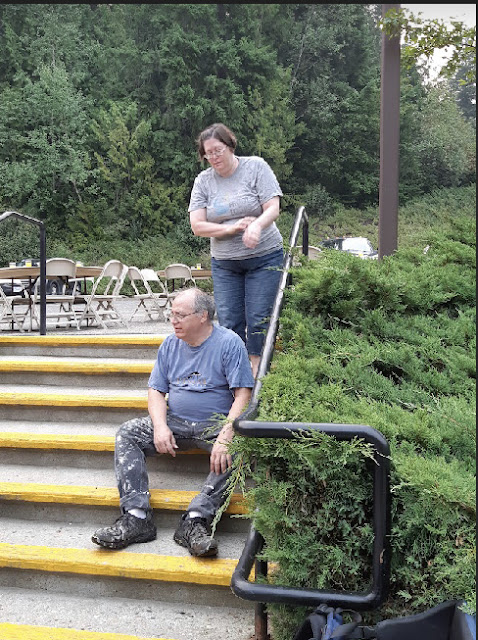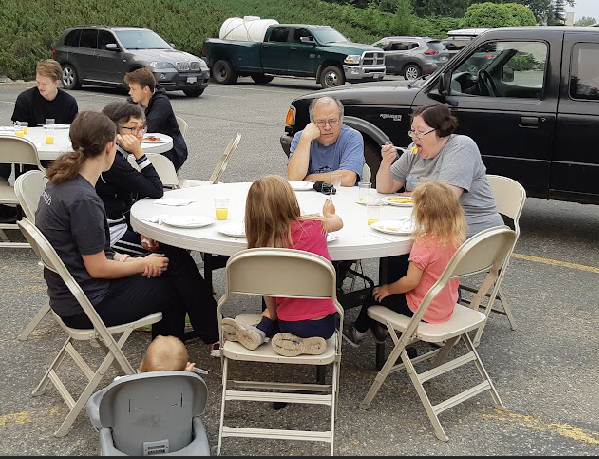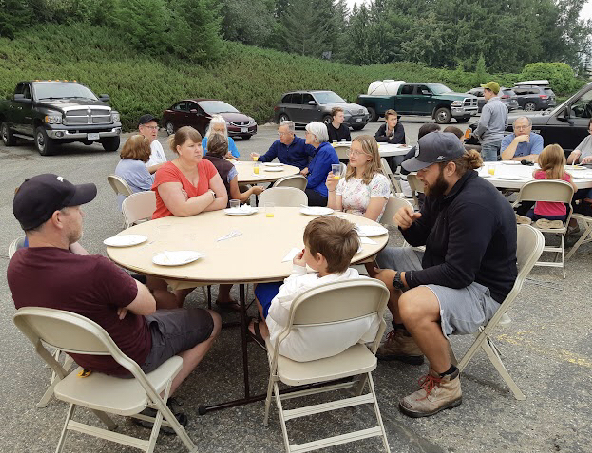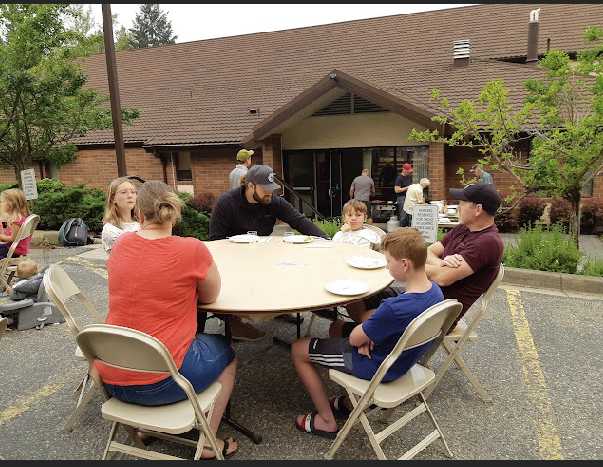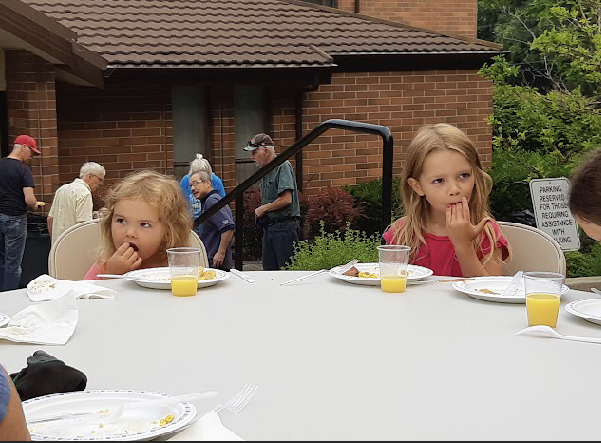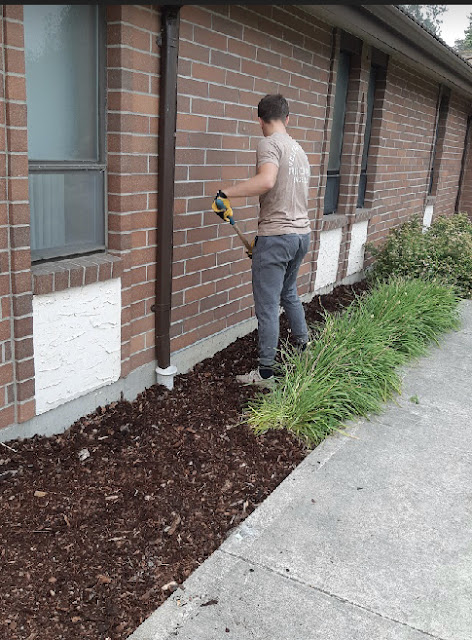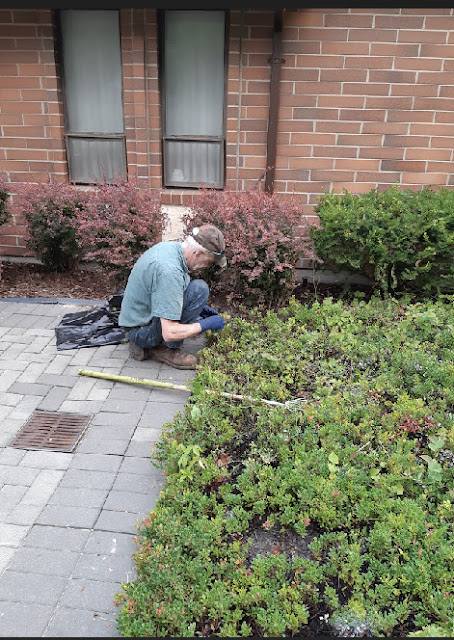Saturday, December 18, 2021
Saturday, July 24, 2021
Ward Breakfast & Weeding Activity - July 24, 2021
Wednesday, June 9, 2021
A Walk in the Forest with Jonathan Cox
The Adams River is most famous as a world-class location to view the fall spawning of Sockeye Salmon, as well as Chinook, Coho, and Pink Salmon.
Tsútswecw (pron. “choo-chwek”; meaning “many rivers”) straddles the Adams River for some 11km between Adams Lake and Shuswap Lake. We followed the Park’s Island Loop Trail which circles a small island in the Adams River channel.
After a stroll of only a few meters, Jon began introducing us to the plants of the area, how to identify them, their ecology and especially their many uses by the Secwépemc (pron. “say-ko-PEMK”) or Shuswap First Nation and other indigenous peoples of British Columbia.
He said that, while the Park is relatively small (about 11km2), it is among the top 4 provincial parks for biodiversity. On this short walk, he introduced us, or in some cases re-introduced us, to the following plants:
Mock Orange, Ocean Spray, Trumpet (or Orange) Honeysuckle, Chocolate Lily, Sarsaparilla, OregonGrape, False Solomon’s Seal, Star-flowered Solomon’s Seal, Twisted Stalk, Red Osier Dogwood, Snowberry, Pathfinder, Beaked Hazelnut, Wild Raspberry, Bedstraw (aka Cleavers), Wintergreen, Buttercup, Narrow Leaf and Broad Leaf Plantain, Self-heal, Western Red Cedar, Black Cottonwood, Douglas Fir, Wild Rose, Black Twinberry, Willow, Lady Fern, Bracken Fern, Mullein, Chokecherry, Saskatoon, Horsetail, Scouring Rush, Dogbane, Thimbleberry, and others.
Jon emphasized the many ways First Nations peoples used these species, such as for TOOLS: digging sticks, bows, cordage (ropes), weaving and basket-making,for clothing, mattress stuffing, making “friction fires”, sources of dyes and latex; plants that assist in tracking game or people; MEDICINES for numerous ailments such as for pain relief; FOOD and BEVERAGE sources, VITAMINS and WINTER STORAGE items.
There were Saskatoon berries in various stages of ripening and a few Wild Raspberries, but the Thimbleberry season was over.
Breaking out onto a sunlit beach next to the clear-running Adams River, we saw an Osprey fly past, a small fish in its talons, pursued by a juvenile Bald Eagle - the white mottling on its underwings clearly visible. A few moments later a Kingfisher flew low over the water.
Jon Cox, our Guide, and the seven participants – Doug and Valerie Salmon, Brenda, Lorne and Brian Gorner, Mary Smith and Murray Christman – returned to our starting place. Here Jon showed us a large cone of the White Pine and the small cone of the Bristlecone Pine from California. He displayed a birchbark basket he’d made, and another – one of his prized possessions – a gift from its maker, the late and renowned Neskonlith Elder and Ethnobotanist, Dr. Mary Thomas.
We ended our PLANT WALK in Tsútswecw Provincial Park as we began it, with a prayer of thanksgiving to Heavenly Father for the beauty and treasures of His earth, grateful too for Jonathan Cox, and for the priceless knowledge of our First Nations brothers and sisters.
– by Murray Christman








